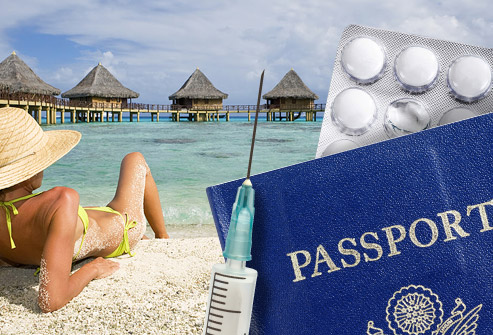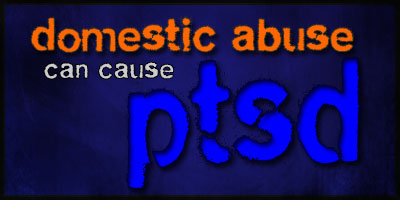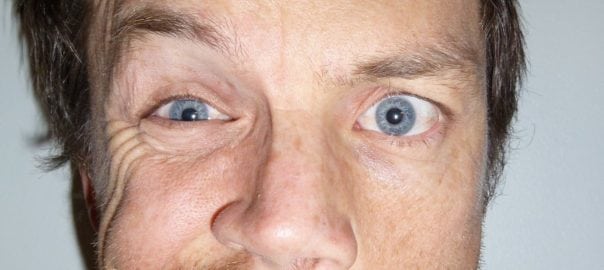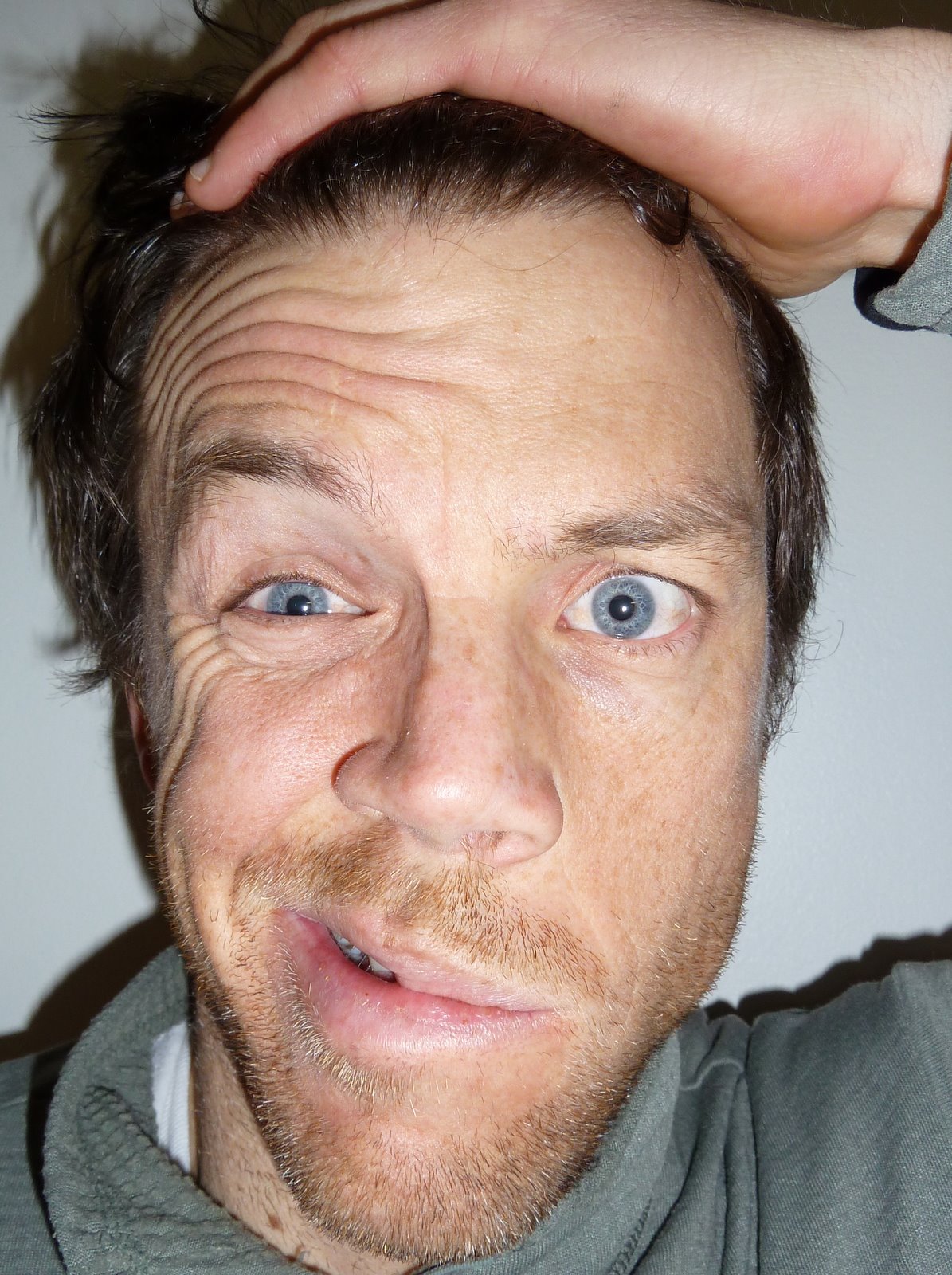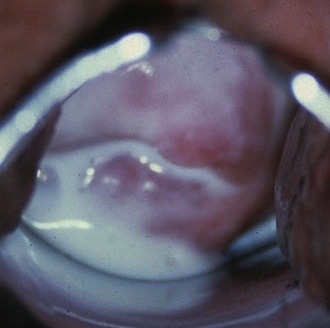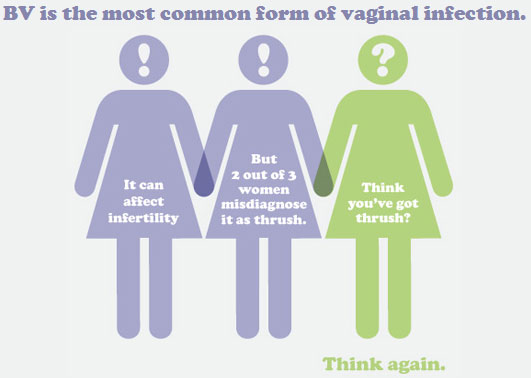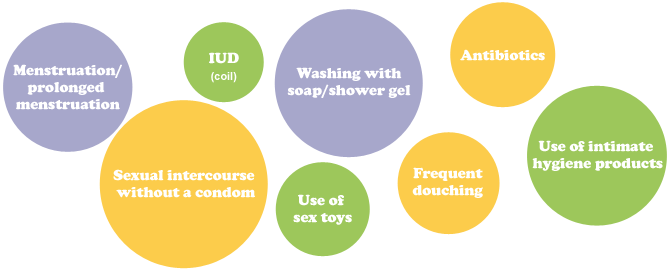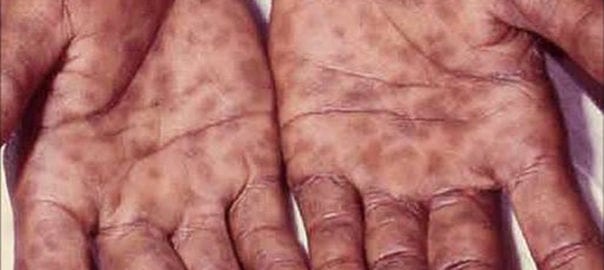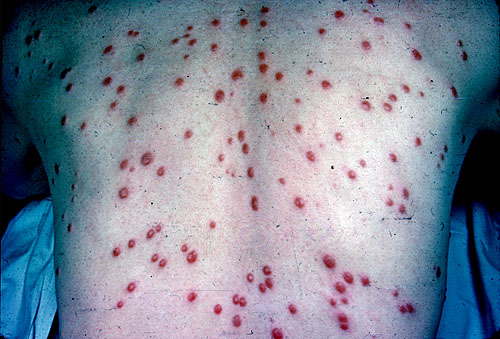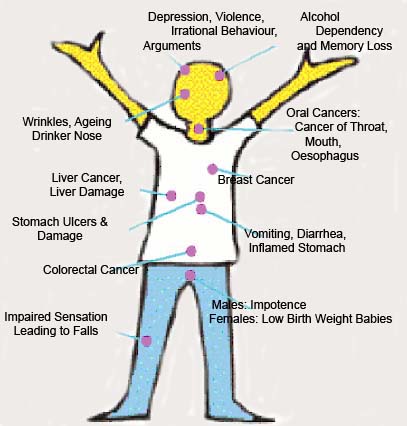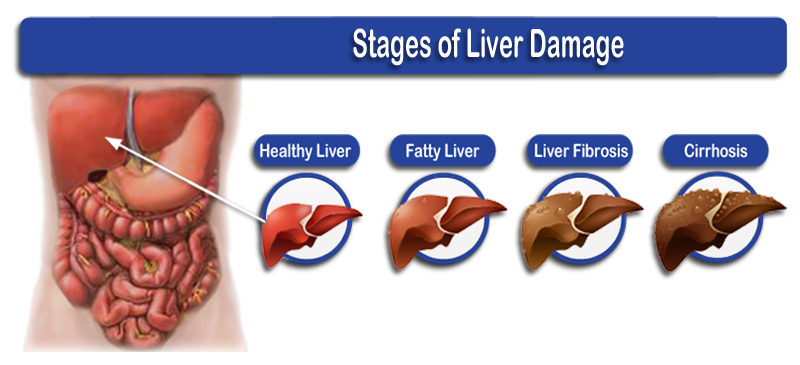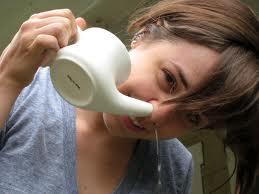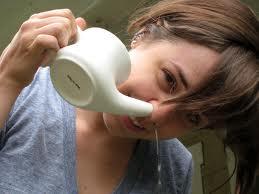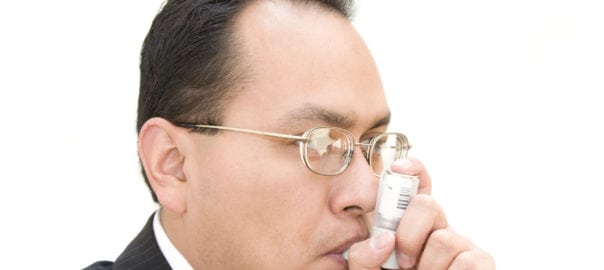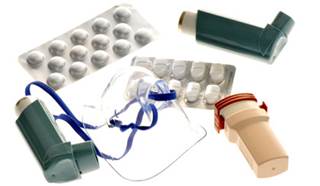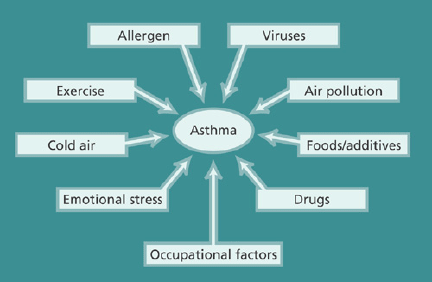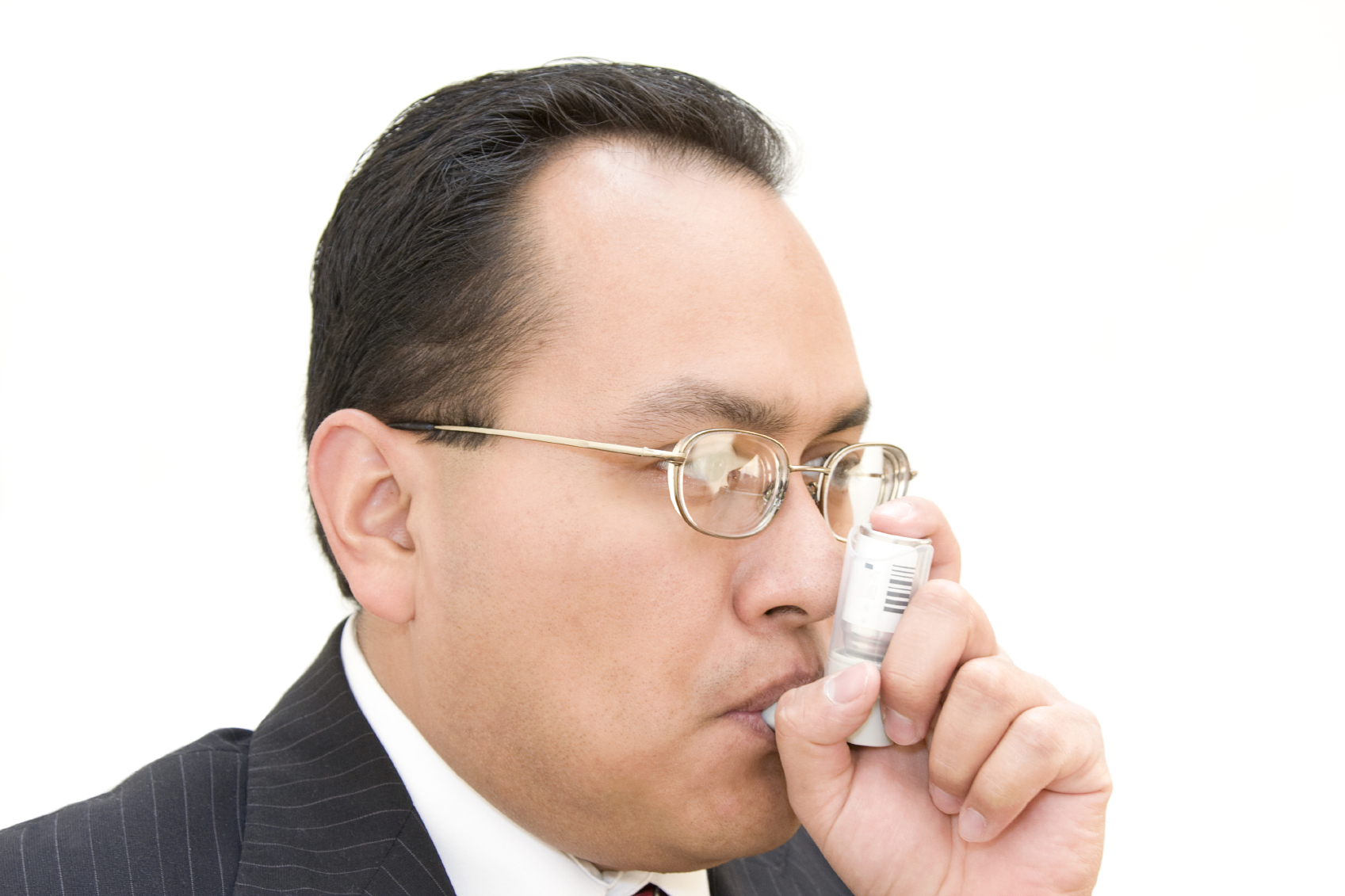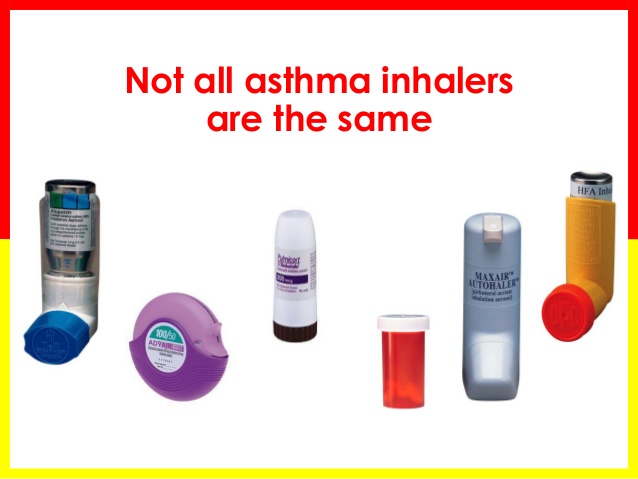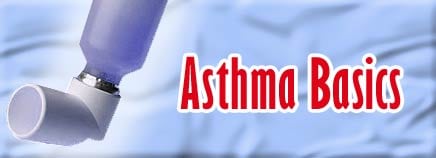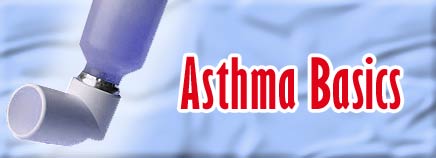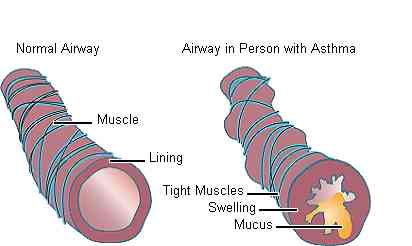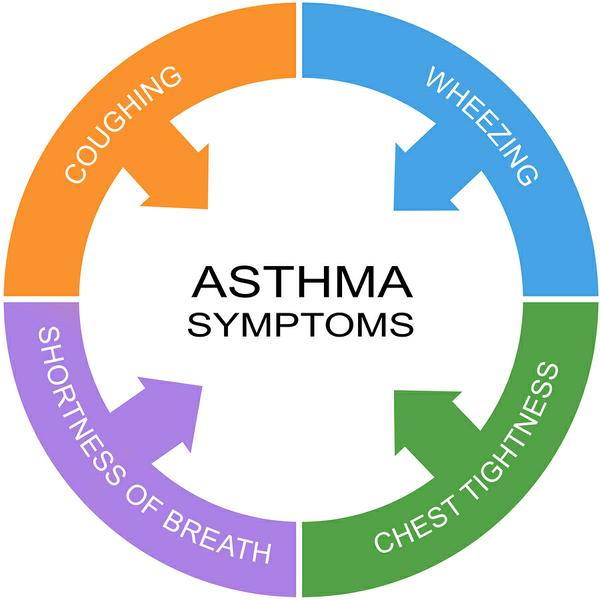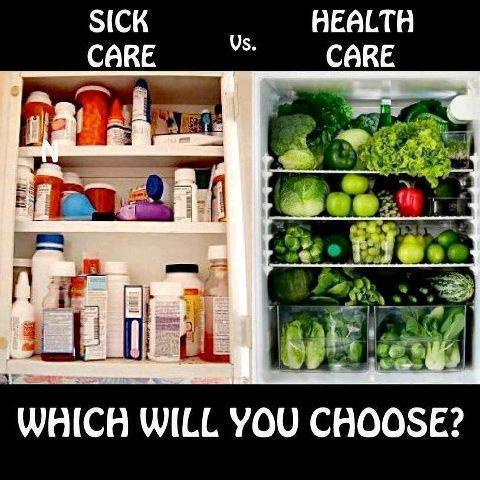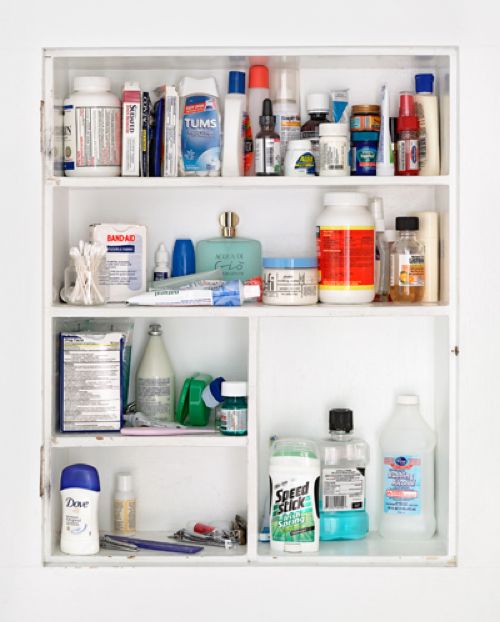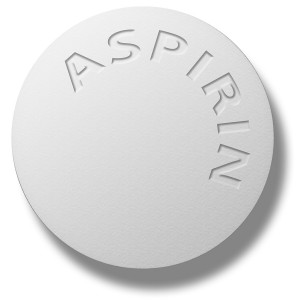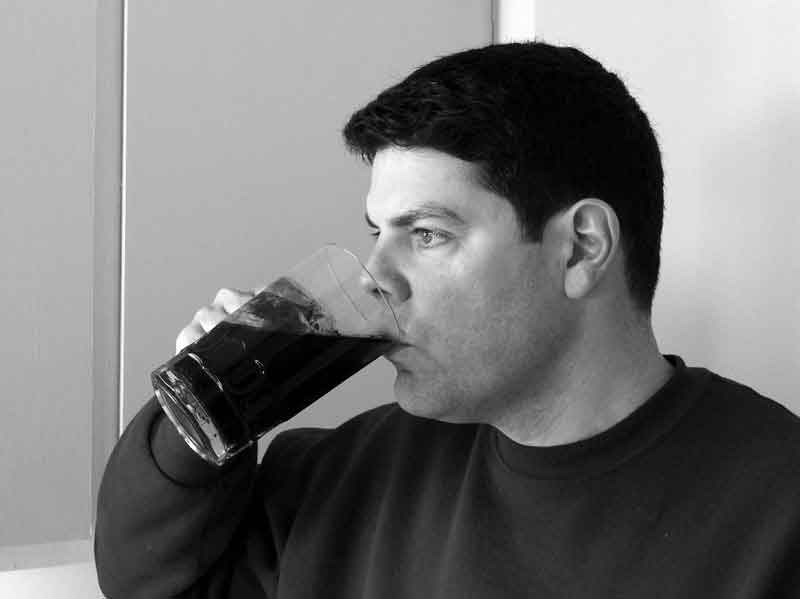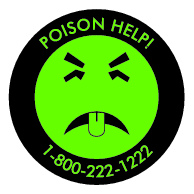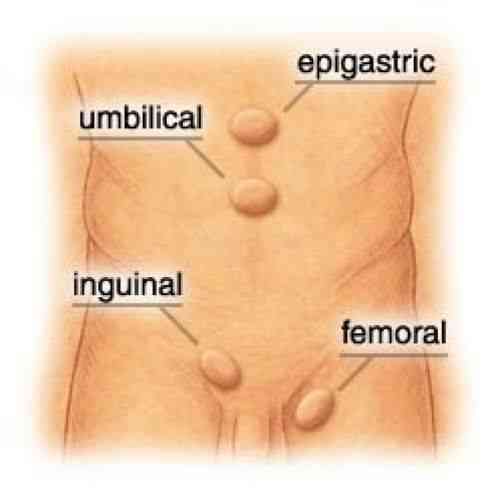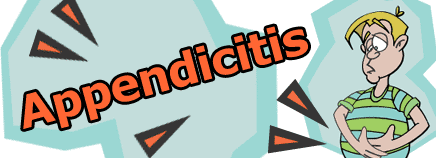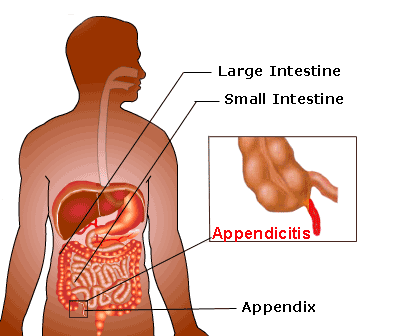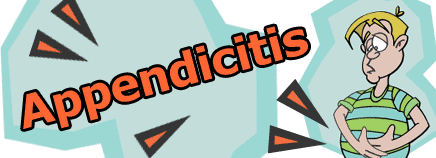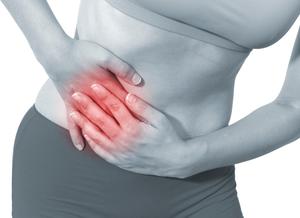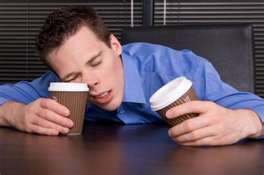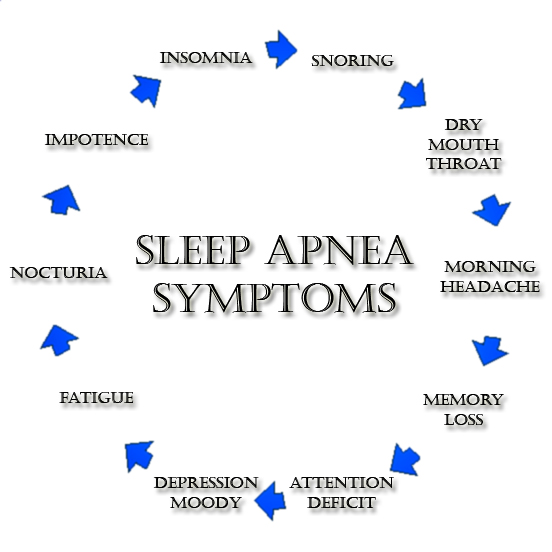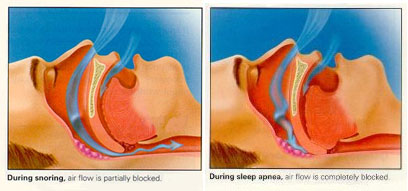Traveling is exciting, but it presents multiple challenges to your health. To best meet these challenges, preparation is everything.
Before you travel and every time you travel, your surest means of protecting yourself is to confirm you are current on routine vaccines.
- Your basic vaccines include measles-mumps-rubella (MMR) vaccine, diphtheria-tetanus-pertussis vaccine, varicella (chickenpox) vaccine, polio vaccine and influenza.
- Most international travelers will need immunizations to protect you from hepatitis A, polio, and typhoid.
- Depending on where you’re international travels take you and the duration of your trip, you may need immunizations to protect you from hepatitis B, malaria, rabies and/or yellow fever.
The plane trip itself can be hazardous to your health. I encourage you to review the risks of flying.
Diseases have different patterns in how they spread and their resistance to medications in different countries. It is important to be aware of prominent diseases affecting the countries you plan to visit, because some may be uncommon in your home country. For Americans traveling abroad, such diseases include the following:
- HIV/AIDS
- Malaria: an infectious disease caused by a parasite, which invades the blood cells. It is notable for the presence of high fever, shaking chills, low blood count and a flu-like set of symptoms.
- Pandemic/avian flu (aka as the bird flu): an infectious disease in birds caused by a virus that can spread to humans
- Travelers’ diarrhea – the most common disease acquired by travelers.
- Tuberculosis: an infectious disease involving the lungs, able to spread throughout the body
I strongly recommend that you develop a habit of checking the CDC travel site every time you prepare to travel internationally, including those of you coming from abroad into the United States. Detailed information on these diseases is available clicking the links, checking the search engine and at www.sterlingmedicaladvice.com.
Feel free to contact your SMA expert consultant with any questions you have on this topic.
Feel free to ask your SMA expert consultant any questions you may have on this topic.
Order your copy of Dr. Sterling’s new book Behind The Curtain: A Peek at Life from within the ER at jeffreysterlingbooks.com, iTunes, Amazon, Barnes and Nobles and wherever books are sold.
Thanks for liking and following Straight, No Chaser! This public service provides a sample of what http://www.SterlingMedicalAdvice.com (SMA) and 844-SMA-TALK offers. Please share our page with your friends on WordPress, like us on Facebook @ SterlingMedicalAdvice.com and follow us on Twitter at @asksterlingmd.
Copyright © 2016 · Sterling Initiatives, LLC · Powered by WordPress



